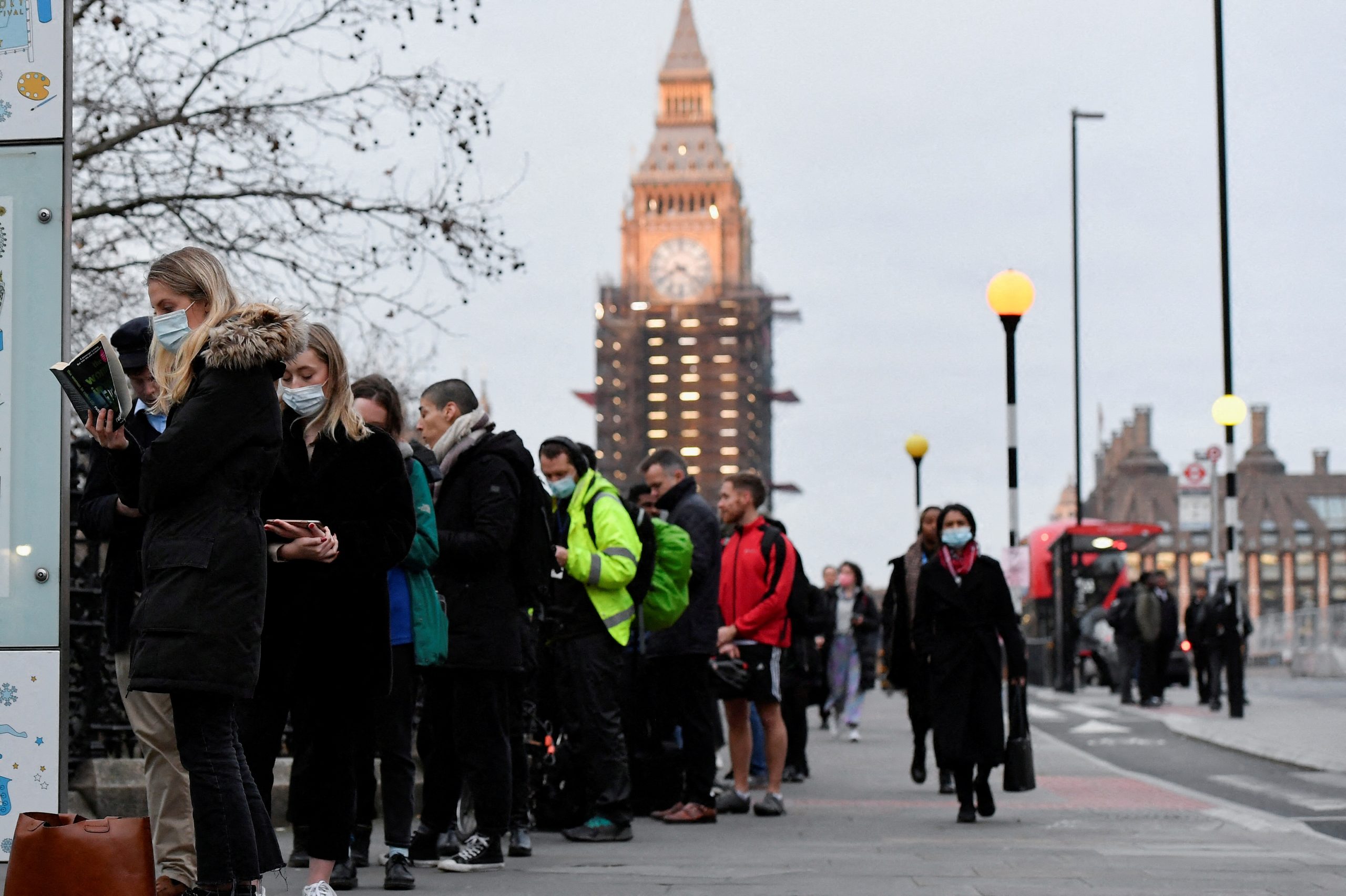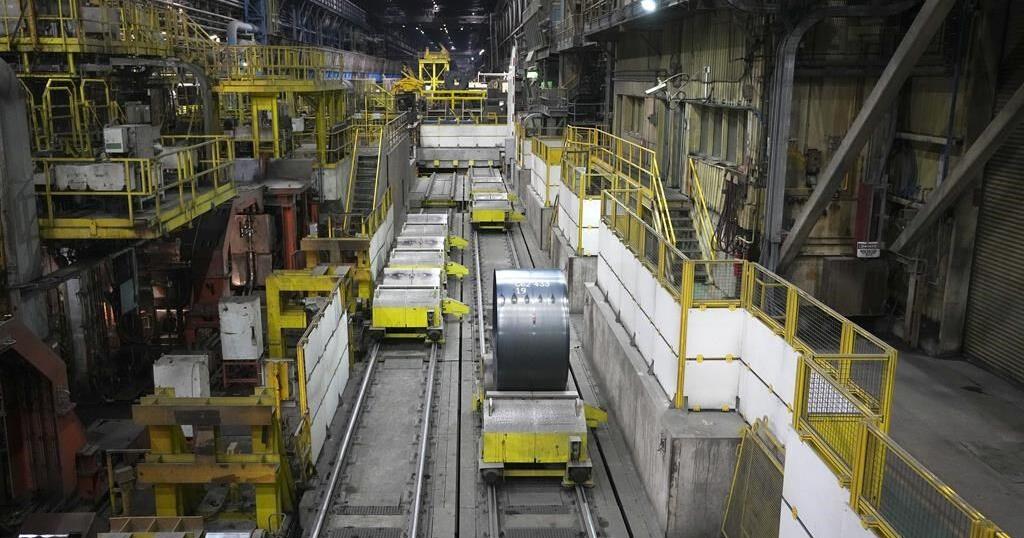Britain‘s economy grew strongly in November to finally surpass its size just before the country went into its first COVID-19 lockdown, official data showed on Friday.
The world’s fifth-biggest economy expanded by a much faster than expected 0.9% in November – before the latest wave of COVID-19 infections and restrictions for many firms – leaving it 0.7% bigger than it was in February 2020, the ONS said.
Economists polled by Reuters had forecast monthly gross domestic product growth of 0.4% for November.
“It’s amazing to see the size of the economy back to pre-pandemic levels in November – a testament to the grit and determination of the British people,” finance minister Rishi Sunak said.
Other economies have already recovered their pre-COVID size, chief among them the United States.
Britain’s economy shrank by more than 9% in 2020, one of the biggest pandemic slumps among the world’s rich nations.
Despite November’s growth acceleration, GDP probably took a fresh hit in December when the Omicron coronavirus variant swept Europe, and the loss of momentum is likely to have stretched into January with many firms reporting severe staff absences and consumers still wary of going out.
On Thursday, data showed record levels of staff absence due to COVID-19 around the turn of the year.
But health officials think the Omicron infections wave has now peaked in Britain and analysts say the blow to the economy is likely to be short-lived, allowing the Bank of England to continue raising interest rates this year.
The ONS said, data revisions aside, GDP in quarterly terms would reach or surpass its pre-coronavirus level in the October-December period of 2021, as long as economic output does not fall by more than 0.2% in December.
The BoE’s current forecasts show GDP returning to its size at the end of 2019 in the first quarter of 2022.
EARLY CHRISTMAS SHOPPERS, MASS JABS
The ONS said retailers had a strong November – when many consumers bought Christmas presents earlier than usual – while architects, couriers and accountants also had a bumper month.
Construction recovered from several weak months as raw materials became easier to source after problems in global supply chains.
The country’s rush to give booster vaccinations against COVID-19 and its test-and-trace programme provided extra momentum to the GDP figures.
Britain’s economy will still face challenges in the months ahead, even once coronavirus restrictions known as “plan B” are relaxed.
Consumers are facing an inflation rate that is expected to reach a 30-year high of 6% or more in April – when energy tariffs will leap by an estimated 50% – and an increase in social security contributions also starting that month.
“While the UK economy should rebound once Plan B measures are lifted, surging inflation and persistent supply chain disruption may mean that the UK’s economic growth prospects remain under pressure for much of 2022,” Suren Thiru, head of economics at the British Chambers of Commerce, said.
Sterling edged up against the U.S. dollar and the euro after the GDP data.
Separately, the ONS released trade data showing that Britain’s goods trade deficit narrowed slightly to 11.3 billion pounds in November from 11.8 billion pounds in October.
Imports from non-European Union countries were higher than from EU countries for the 11th consecutive month, and the gap was at its widest point of the year, the ONS said.
Britain’s trading relationship with the EU has been hit by the introduction of new post-Brexit rules after the country left the bloc’s single market at the start of 2021.
(Writing by William Schomberg and Alistair Smout; Editing by Guy Faulconbridge, Toby Chopra, Peter Graff)
Related


































